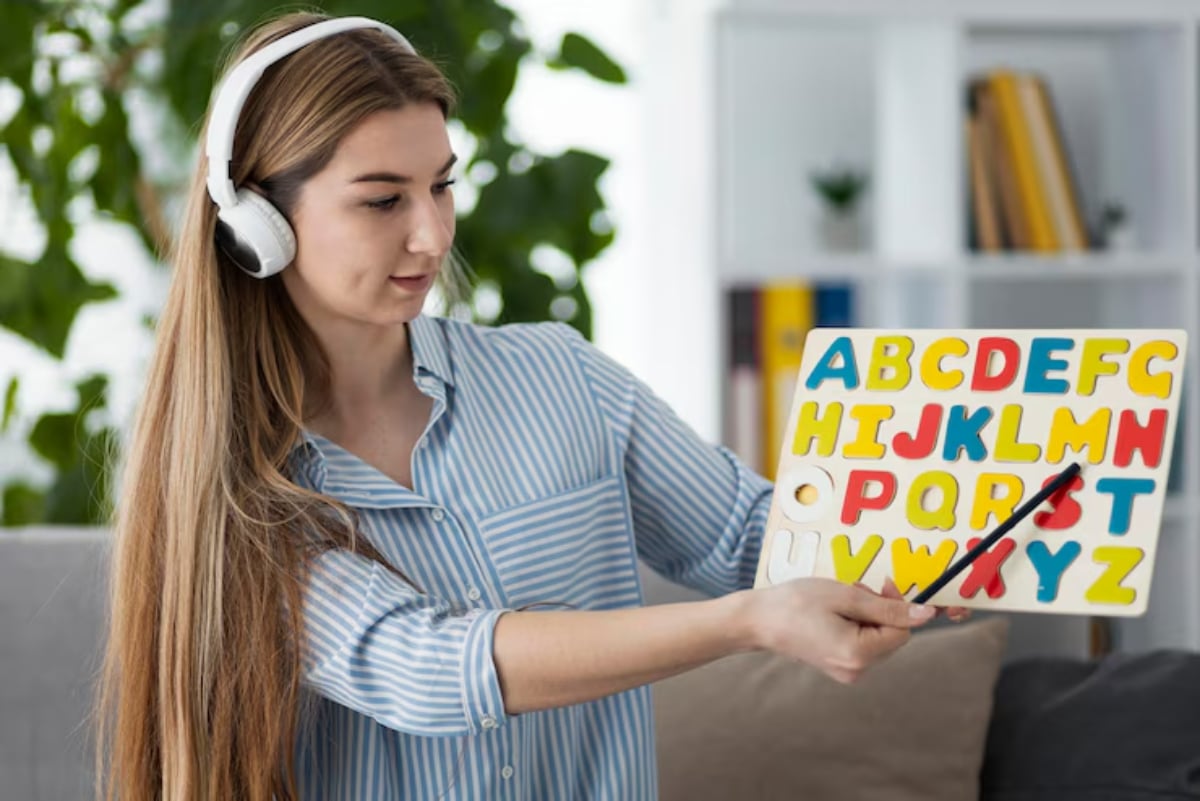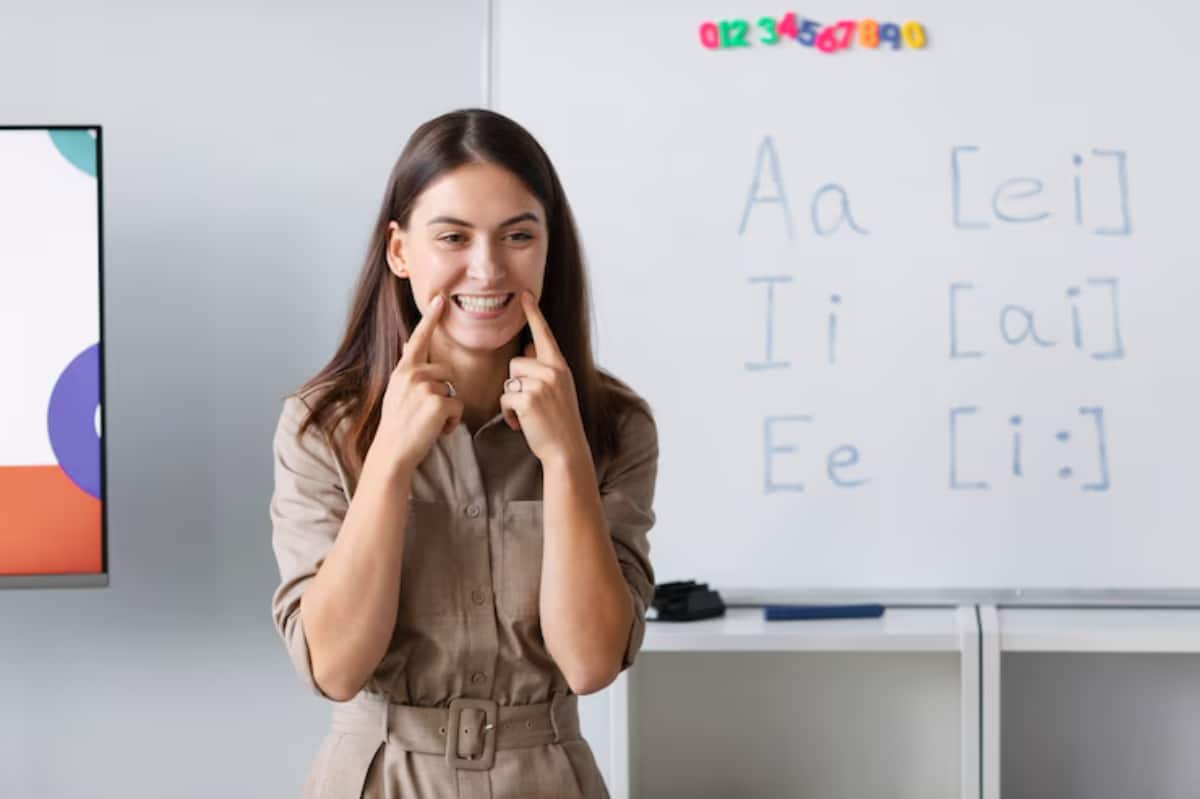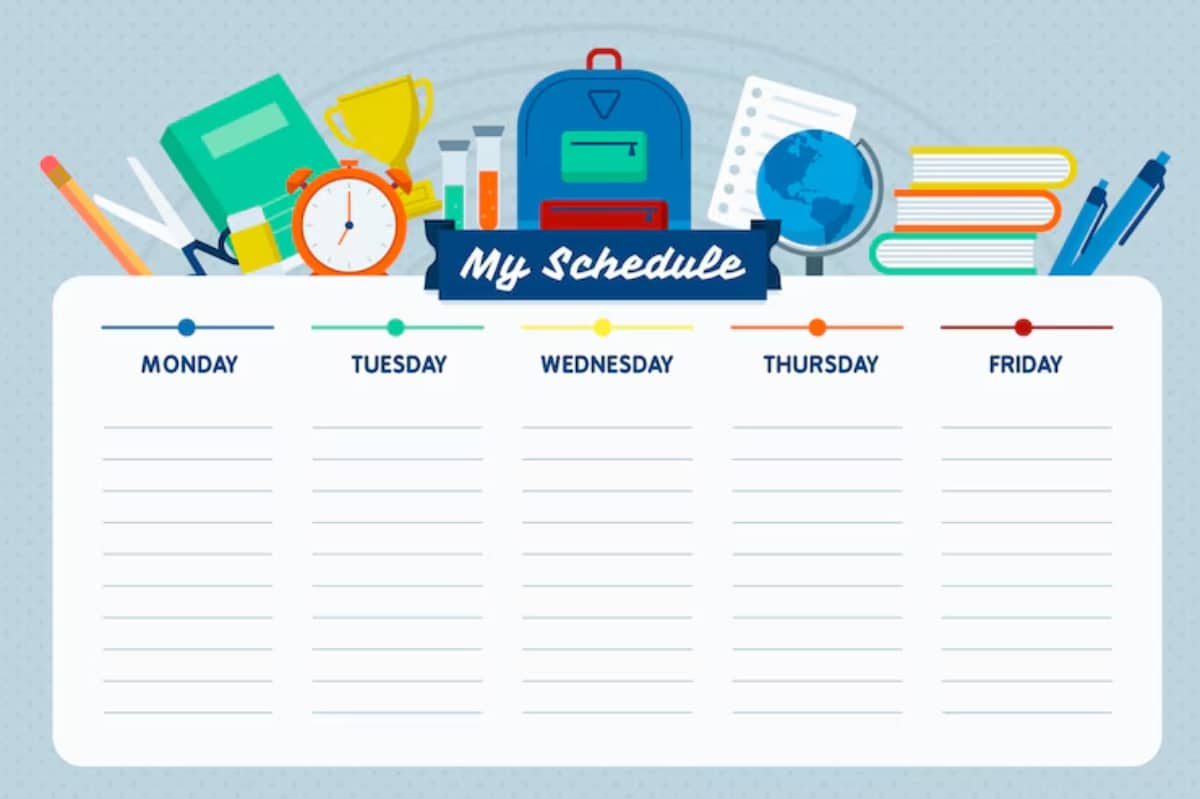
Choosing a Language Arts Homeschool Curriculum
Language arts are among the most essential parts of any homeschool plan. It’s not just about reading and writing—it’s about helping your child think, speak well, and understand the world around them.
With so many homeschool language arts options, finding the right fit can feel overwhelming. This guide breaks it down in simple terms so you can choose a reading curriculum and a writing program that work for your family.

Why Language Arts Matters in Homeschooling
Language arts includes reading, writing, spelling, grammar, speaking, and listening skills. It forms the foundation for every other subject. If your child can read and write well, they’ll find it easier to learn science, history, and even maths.
A strong language arts program will help your child:
- Build confidence in reading and writing
- Understand books and express their ideas
- Write clearly for different purposes
- Develop critical thinking skills

What to Look for in a Language Arts Curriculum
Before diving into specific options, here are a few things to think about:
1. Your Child’s Learning Style
Some children are visual learners, while others love to write or need extra help with phonics. Choose a program that best suits your child’s learning style.
2. Your Teaching Style
Do you want a curriculum that’s fully scripted? Or do you prefer a more flexible approach where you can mix resources?
3. Grade Level and Skill Level
Don’t worry too much about grade labels. Focus on where your child is at. Many kids are ahead in reading but need help with writing, or vice versa.
4. Faith-Based or Secular
Some programs include religious content, while others are entirely neutral. Pick what aligns with your family’s values.
For more information, read: Top History and Social Studies Homeschool Picks

Top Homeschool Language Arts Programs
Here are some well-loved language arts curricula used by thousands of homeschool families.
1. The Good and the Beautiful
Grades: K–8
Type: Open-and-go, faith-based
Strengths: Reading, writing, grammar, and art all in one
This popular curriculum combines several subjects into one daily lesson. It’s gentle, beautifully designed, and includes stories, poems, and spelling.
Why families love it:
- Easy to follow with little prep
- Includes phonics and literature
- Affordable (some levels are free to download)
Things to note:
It has a Christian worldview, which may not suit all families.
2. All About Reading / All About Spelling
Grades: Pre-K to 6
Type: Multisensory, step-by-step
Strengths: Phonics and spelling
This program uses letter tiles, hands-on activities, and short lessons to help kids master reading and spelling. It’s perfect for struggling readers or children with dyslexia.
Why it works:
- Very structured and clear
- Great for visual and tactile learners
- No guesswork for the parent
Consider:
It takes time to organise lessons, but it flows well once you’re set up.
3. Brave Writer
Grades: All ages
Type: Flexible, creative writing focus
Strengths: Writing, journaling, literary thinking
Brave Writer encourages natural language learning through conversation, reading aloud, and creative writing. It helps parents create a rich language environment at home.
Why people like it:
- Focuses on real-life writing
- Builds confidence and voice in young writers
- Great community support
Good to know:
Less structure—best for families who enjoy a relaxed approach.
4. Explode the Code
Grades: K–4
Type: Workbooks for phonics practice
Strengths: Phonics and early reading
This affordable workbook series helps kids learn letter sounds, word families, and basic reading skills. Each book builds on the last, and many children enjoy the silly illustrations.
Best for:
- Extra practice alongside another curriculum
- Short, focused lessons
- Kids who enjoy working independently
5. Writing With Ease / First Language Lessons (by Susan Wise Bauer)
Grades: 1–4
Type: Classical education style
Strengths: Writing and grammar
These programs offer a scripted, parent-led approach to writing and grammar. Writing With Ease teaches copywork, dictation, and narration, while First Language Lessons focuses on grammar and usage.
Benefits:
- Clear and straightforward to teach
- Builds strong writing foundations
- Ideal for structured learners
Note:
These are slower-paced but very thorough.
6. Essentials in Writing
Grades: 1–12
Type: Video lessons + workbooks
Strengths: Writing instruction
Essentials in Writing is an excellent option for parents who want help teaching writing. Lessons are taught by video, and students then complete guided writing activities.
Why it’s helpful:
- Easy to follow at your own pace
- Covers sentence structure, paragraphs, and essays
- Great for reluctant writers
Drawback:
Reading is not included — you must add your book list.
7. Lightning Literature
Grades: 1–12
Type: Literature-based
Strengths: Reading comprehension and writing
This curriculum uses classic books to teach grammar, vocabulary, and literary analysis. Students read stories, complete writing assignments, and study how authors use language.
Highlights:
- Inspires deeper thinking
- Suitable for readers who love stories
- Available in secular and Christian editions
Sample Language Arts Schedule
You don’t need to do every subject every day. Here’s a simple weekly flow you could try:
Monday: Reading + narration
Tuesday: Grammar + spelling
Wednesday: Creative writing or journaling
Thursday: Read-aloud + discussion
Friday: Review, poetry, or free writing
Feel free to adjust based on what works for your child.
Mixing and Matching? That’s Okay!
Some families use a full curriculum. Others combine resources. For example:
- Use All About Reading for phonics
- Add Brave Writer for writing practice.
- Include Lightning Literature for book study.s
There’s no single “right way” — just what works for your child and your day.
For more information, read our blog: Best Homeschool Math Curricula for 2025
Finding the Right Fit
The best homeschool language arts curriculum keeps your child learning and engaged. You want something that supports your child’s strengths, fills in the gaps, and gives you confidence as a teacher.
Start simple. Try a few samples; don’t be afraid to change things if they aren’t working.


